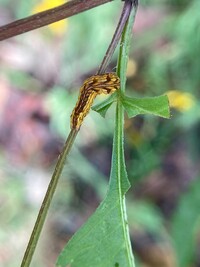
| Recorded by: Stephanie Willis on 2025-09-26
Guilford Co.
Comment: A larva that was feeding on the leaves of a beggartick. | 
| Recorded by: Stephanie Willis on 2025-09-26
Guilford Co.
Comment: |

| Recorded by: David George, Jeff Niznik on 2024-09-21
Chatham Co.
Comment: | 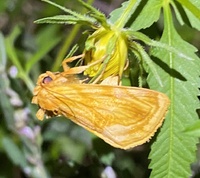
| Recorded by: David George on 2024-09-15
Durham Co.
Comment: |
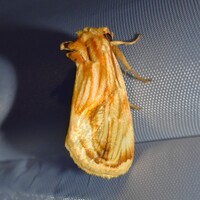
| Recorded by: David George, Stephen Dunn, Jeff Niznik on 2024-09-12
Orange Co.
Comment: | 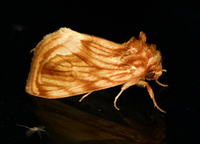
| Recorded by: Jim Petranka on 2024-09-03
Madison Co.
Comment: |
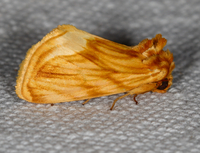
| Recorded by: Jim Petranka on 2024-08-30
Madison Co.
Comment: | 
| Recorded by: Kate Loughran on 2024-08-28
Henderson Co.
Comment: |
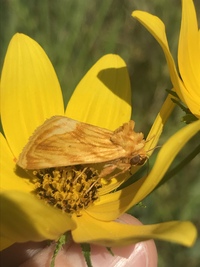
| Recorded by: Kate Loughran on 2024-08-28
Henderson Co.
Comment: | 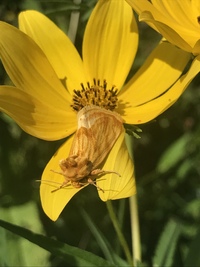
| Recorded by: Kate Loughran on 2024-08-28
Henderson Co.
Comment: |
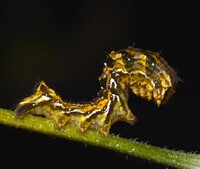
| Recorded by: David George, Stephen Dunn, Jeff Niznik on 2023-10-06
Orange Co.
Comment: feeding on Bidens aristosa. | 
| Recorded by: David George, Jeff Niznik on 2023-09-04
Orange Co.
Comment: |
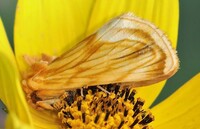
| Recorded by: Rob Van Epps on 2022-09-04
Madison Co.
Comment: | 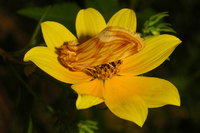
| Recorded by: Owen McConnell & Simpson Eason on 2021-09-06
Durham Co.
Comment: |

| Recorded by: Vin Stanton on 2019-08-29
Madison Co.
Comment: | 
| Recorded by: Jim Petranka and Becky Elkin on 2019-08-25
Madison Co.
Comment: |
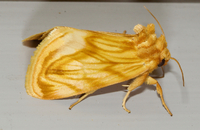
| Recorded by: Jim Petranka and Becky Elkin on 2019-08-25
Madison Co.
Comment: | 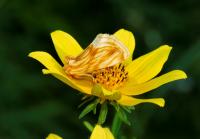
| Recorded by: Melissa McGaw on 2018-09-18
Orange Co.
Comment: |

| Recorded by: Jim Petranka and Becky Elkin on 2018-09-01
Madison Co.
Comment: | 
| Recorded by: K. Bischof on 2017-09-17
McDowell Co.
Comment: |

| Recorded by: K. Bischof on 2017-08-31
McDowell Co.
Comment: | 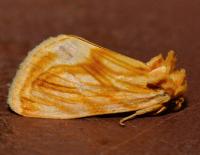
| Recorded by: Kyle Kittelberger on 2015-09-09
Rockingham Co.
Comment: |

| Recorded by: Rob McHenry on 2009-09-09
Mecklenburg Co.
Comment: | 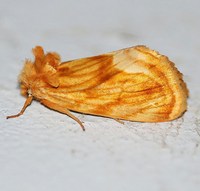
| Recorded by: Paul Scharf on 2009-09-09
Warren Co.
Comment: |

| Recorded by: FKW on 2009-09-09
Gates Co.
Comment: | 
| Recorded by: FKW on 2009-09-09
Gates Co.
Comment: |

| Recorded by: Paul Scharf on 2006-09-15
Warren Co.
Comment: |

 »
»




 »
»


